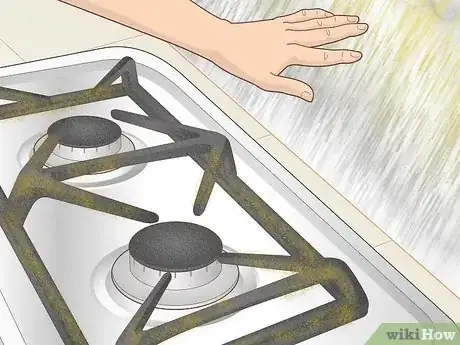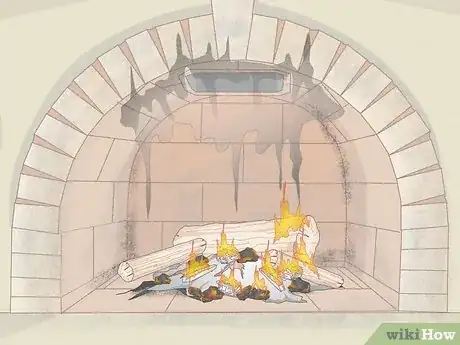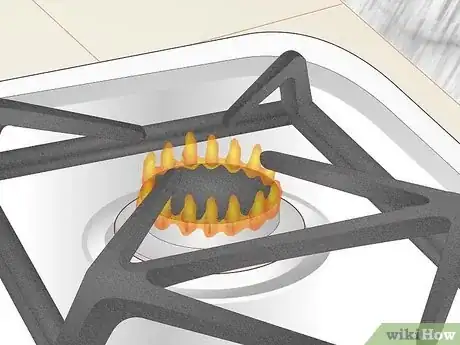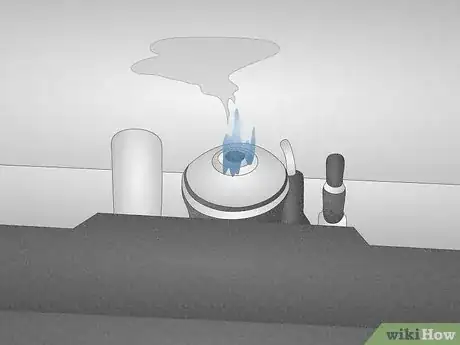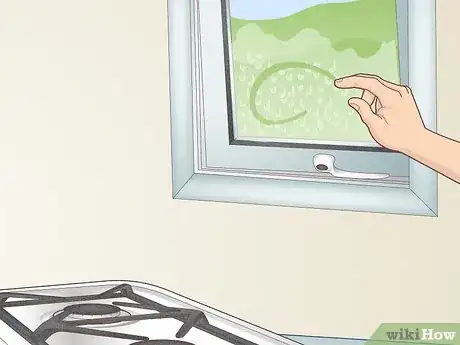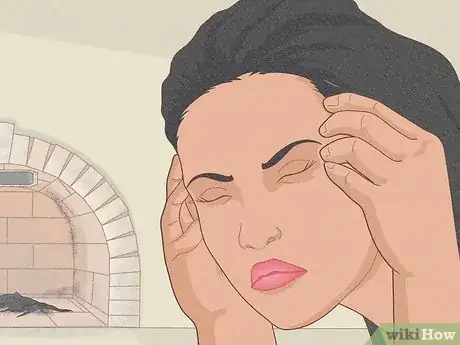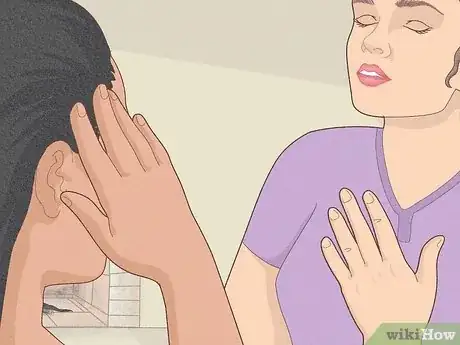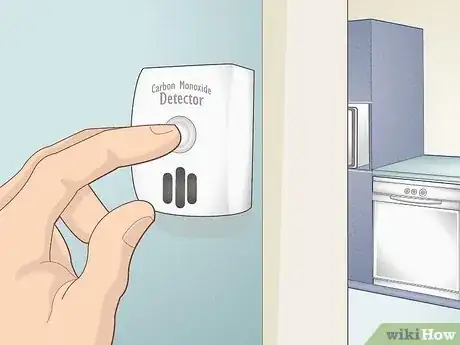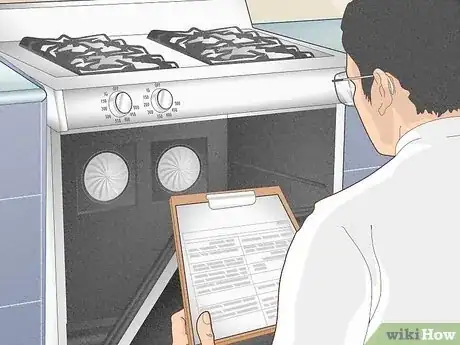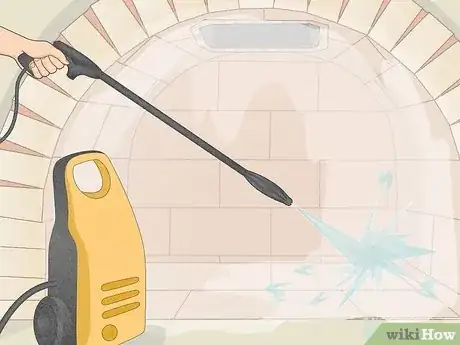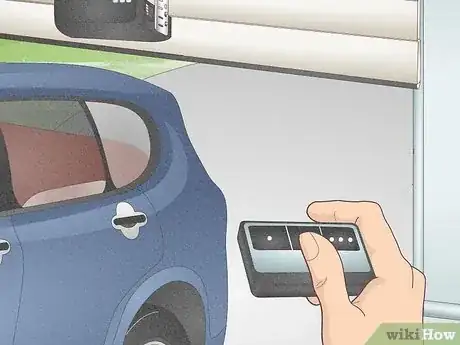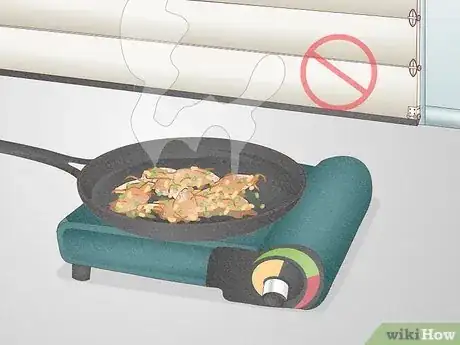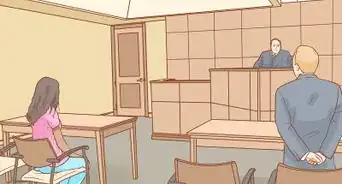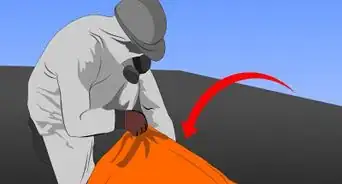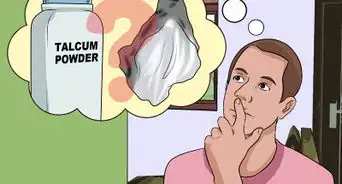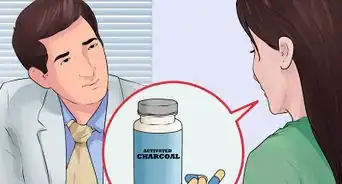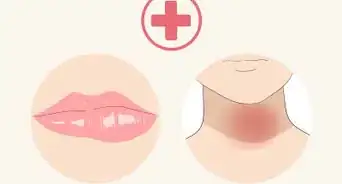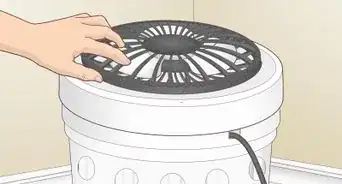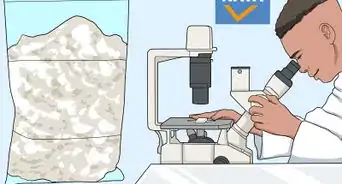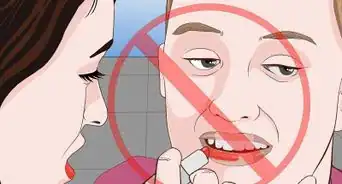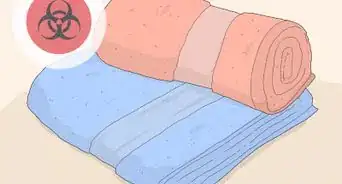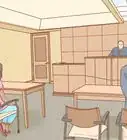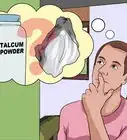This article was co-authored by wikiHow staff writer, Hunter Rising. Hunter Rising is a wikiHow Staff Writer based in Los Angeles. He has more than three years of experience writing for and working with wikiHow. Hunter holds a BFA in Entertainment Design from the University of Wisconsin - Stout and a Minor in English Writing.
There are 17 references cited in this article, which can be found at the bottom of the page.
wikiHow marks an article as reader-approved once it receives enough positive feedback. This article received 11 testimonials and 83% of readers who voted found it helpful, earning it our reader-approved status.
This article has been viewed 357,597 times.
Learn more...
You may have heard of the risks of carbon monoxide (CO), but how can you check if it’s in your home? Carbon monoxide is an odorless and colorless poisonous gas that’s produced from burning gas or oil, and it can be deadly when it reaches unsafe levels. Even though CO might seem difficult to detect in your home, there are a lot of warning signs and preventative steps you can take to protect yourself. Keep reading for everything you need to know about the signs of carbon monoxide in your home, the symptoms of CO poisoning, and what you can do to prevent buildups.
Things You Should Know
- Check your gas appliances for black or yellow stains. Also look for yellow flames (instead of the normal blue).
- Keep an eye on your pilot lights. If they blow out frequently, you may have a leak.
- Be wary if you notice condensation build up on windows near gas appliances.
- Watch out for flu like symptoms that occur specifically around gas appliances. This can be a sign of carbon monoxide poisoning.[1]
Steps
Warnings
- Infants and people with chronic heart disease, anemia, and respiratory problems are more at risk of CO poisoning.[25]⧼thumbs_response⧽
- If you suspect a CO leak in your home, avoid trying to find the source of it on your own so you don’t get CO poisoning. Contact emergency services and let them find the leak.[26]⧼thumbs_response⧽
References
- ↑ https://www.cdc.gov/co/faqs.htm
- ↑ https://www.cpsc.gov/Recalls/2001/cpsc-recommends-carbon-monoxide-alarm-for-every-home
- ↑ https://www.nhs.uk/conditions/carbon-monoxide-poisoning/
- ↑ https://www.health.state.mn.us/communities/environment/air/toxins/index.html
- ↑ https://www.london-fire.gov.uk/safety/the-home/carbon-monoxide-safety/
- ↑ https://ontariocountyny.gov/544/Carbon-Monoxide-Poisoning
- ↑ https://sse.co.uk/help/emergencies/carbon-monoxide-safety
- ↑ https://www.cpsc.gov/Safety-Education/Safety-Education-Centers/Carbon-Monoxide-Information-Center/Carbon-Monoxide-Questions-and-Answers
- ↑ https://www.nhs.uk/conditions/carbon-monoxide-poisoning/
- ↑ https://www.health.state.mn.us/communities/environment/air/toxins/index.html
- ↑ https://doh.wa.gov/community-and-environment/contaminants/carbon-monoxide
- ↑ https://www.cdc.gov/co/guidelines.htm
- ↑ https://www.epa.gov/indoor-air-quality-iaq/where-should-i-place-carbon-monoxide-detector
- ↑ https://www.cdc.gov/co/faqs.htm
- ↑ https://www.health.state.mn.us/communities/environment/air/toxins/index.html
- ↑ https://www.ncbi.nlm.nih.gov/pmc/articles/PMC3649163/
- ↑ https://www.cdc.gov/co/faqs.htm
- ↑ https://www.epa.gov/sites/default/files/2015-08/documents/pcmp_english_100-f-09-001.pdf
- ↑ https://www.cdc.gov/co/faqs.htm
- ↑ https://my.clevelandclinic.org/health/diseases/15663-carbon-monoxide-poisoning
- ↑ https://www.cpsc.gov/Safety-Education/Safety-Education-Centers/Carbon-Monoxide-Information-Center/Carbon-Monoxide-Questions-and-Answers
- ↑ https://www.hopkinsmedicine.org/health/conditions-and-diseases/carbon-monoxide-poisoning
- ↑ https://www.epa.gov/indoor-air-quality-iaq/carbon-monoxides-impact-indoor-air-quality
- ↑ https://www.cpsc.gov/Safety-Education/Safety-Education-Centers/Carbon-Monoxide-Information-Center/Carbon-Monoxide-Questions-and-Answers
- ↑ https://doh.wa.gov/community-and-environment/contaminants/carbon-monoxide
- ↑ https://www.cpsc.gov/Safety-Education/Safety-Education-Centers/Carbon-Monoxide-Information-Center/Carbon-Monoxide-Questions-and-Answers
About This Article
One of the best ways to detect carbon monoxide is to install a CO detector close to the ceiling on every level of your home. If you don’t have a CO detector, it’s important to know the health symptoms of carbon monoxide poisoning, which include headache, muscle weakness, dizziness, nausea, shortness of breath, confusion, blurred vision, and loss of consciousness. In order to prevent CO accumulation, keep your vents clear of dust and debris, clean your fireplace and chimney, and make sure that ovens are working. To learn how to read your CO detector display, keep reading!
